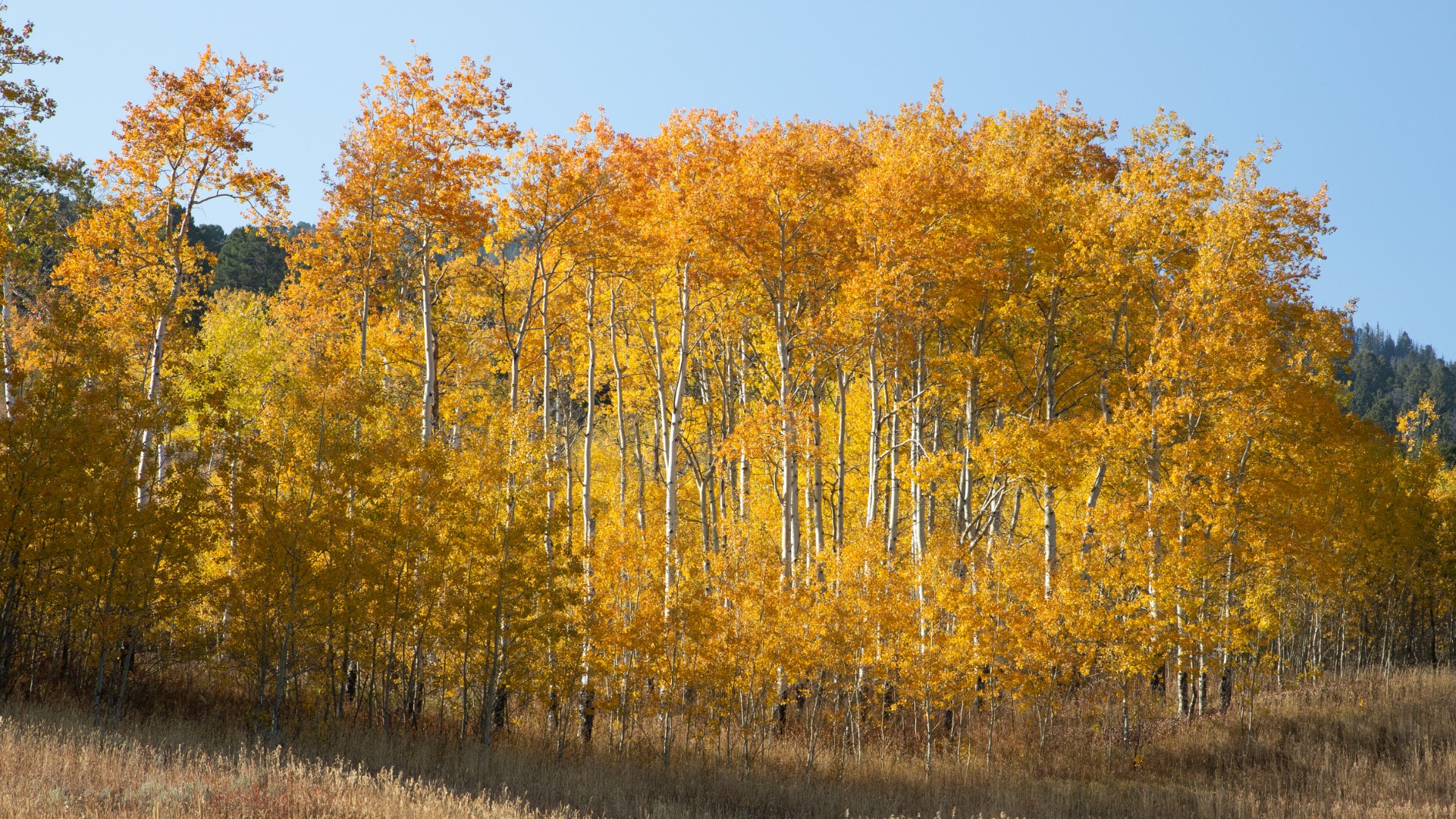When venturing into America’s breathtaking national parks, visitors enter the domain of wild animals in their natural habitat. Each year, millions of tourists flock to these protected wilderness areas for unforgettable encounters with nature, but many underestimate the real dangers that come with wildlife interactions. From bison at Yellowstone to bears in Glacier National Park, wild animals are unpredictable and potentially dangerous when humans fail to respect boundaries and safety protocols.
This article explores the most common and dangerous mistakes tourists make around wildlife in national parks—mistakes that not only threaten human safety but also put animals at risk of being euthanized due to dangerous human encounters.
Getting Too Close for the Perfect Photo
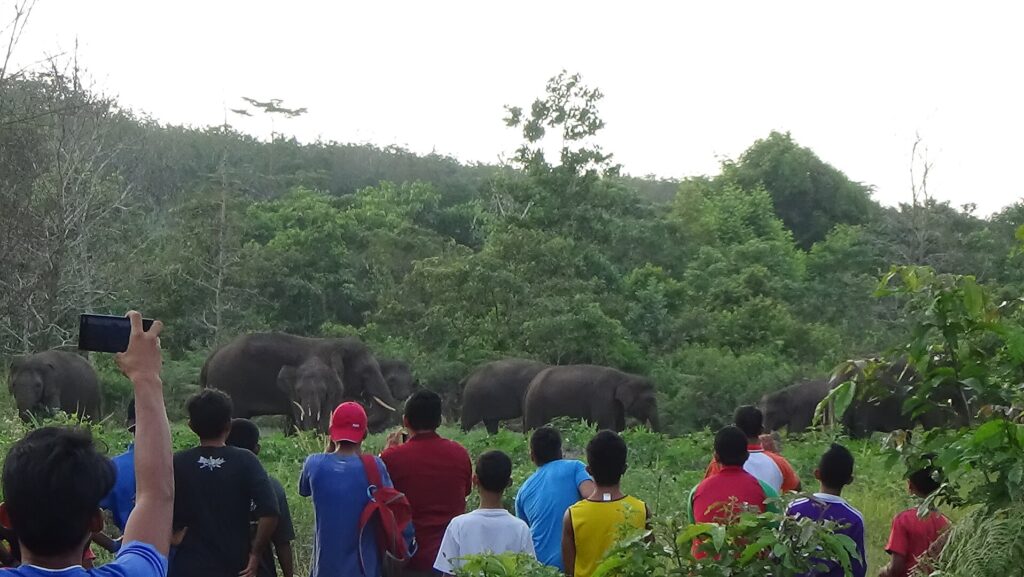
In the age of social media, the pursuit of the perfect wildlife selfie has become one of the most dangerous behaviors in national parks. Park rangers regularly report tourists approaching within feet of bison, bears, elk, and other large mammals, all for the sake of an impressive photo. This behavior ignores the clearly posted guidelines in most parks that recommend staying at least 25 yards (75 feet) from most large animals and at least 100 yards (300 feet) from predators like bears and wolves.
Animals that feel cornered or threatened by close human presence may charge with little warning, resulting in serious injuries or even fatalities that could have been entirely avoided. The desire for social media validation is simply never worth the risk of a potentially deadly wildlife encounter.
Feeding Wild Animals
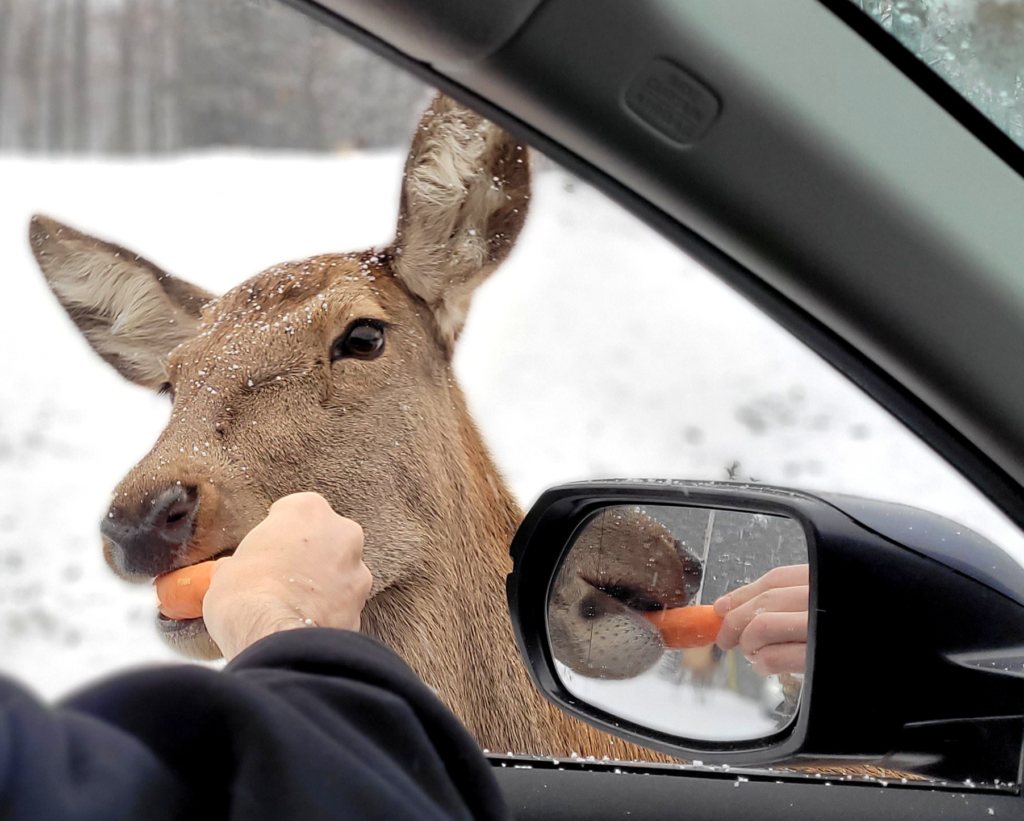
Offering food to wildlife might seem like a kind gesture, but it’s among the most harmful things visitors can do in national parks. When animals associate humans with food, they lose their natural wariness and begin approaching people, vehicles, and campsites in search of easy meals. This behavioral change, called habituation, often leads to dangerous encounters and frequently ends with the animal being relocated or euthanized when they become too bold around humans.
Additionally, human food lacks the nutritional value wild animals need and can cause serious digestive problems, disease, and malnutrition. Even leaving unattended food or improperly storing provisions at campsites constitutes indirect feeding that attracts wildlife and creates dangerous situations.
Underestimating Seemingly Docile Animals
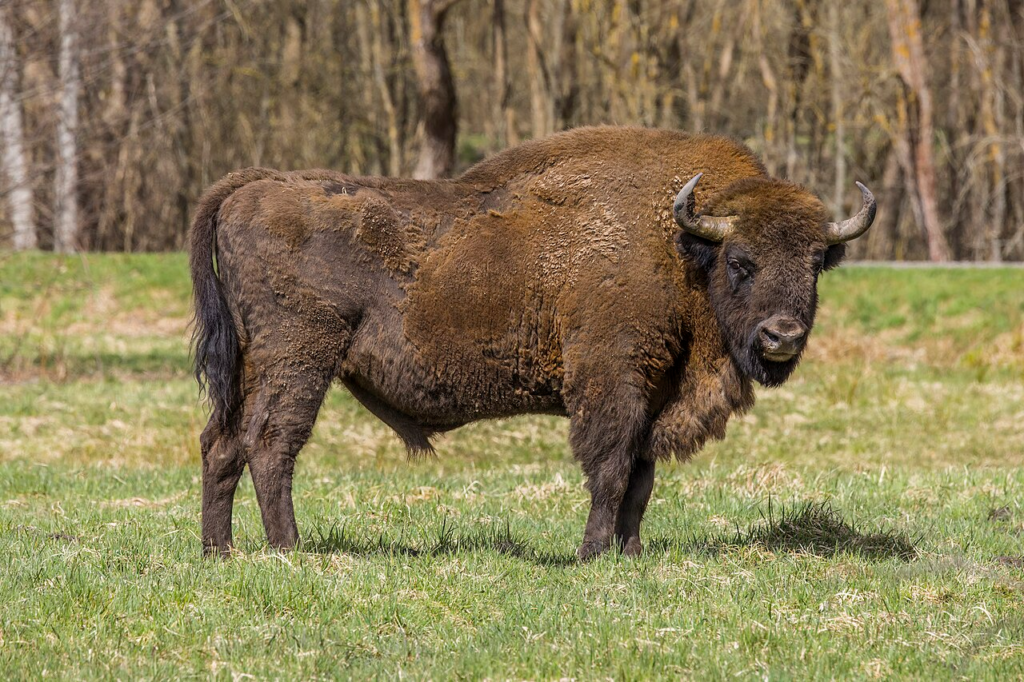
Many park visitors make the deadly mistake of assuming that herbivores or non-predatory animals pose little threat. Bison, which appear slow and docile, are actually responsible for more injuries in Yellowstone National Park than any other animal, capable of charging at speeds of 35 mph when threatened. Similarly, female elk protecting calves, moose during rutting season, and even deer can become aggressive and dangerous with little warning.
Mountain goats, often perceived as cute photo subjects, have caused human fatalities when visitors failed to respect their space. The appearance of calm in wild animals often masks their unpredictable nature and potential for lightning-quick reactions to perceived threats.
Hiking Without Proper Wildlife Deterrents
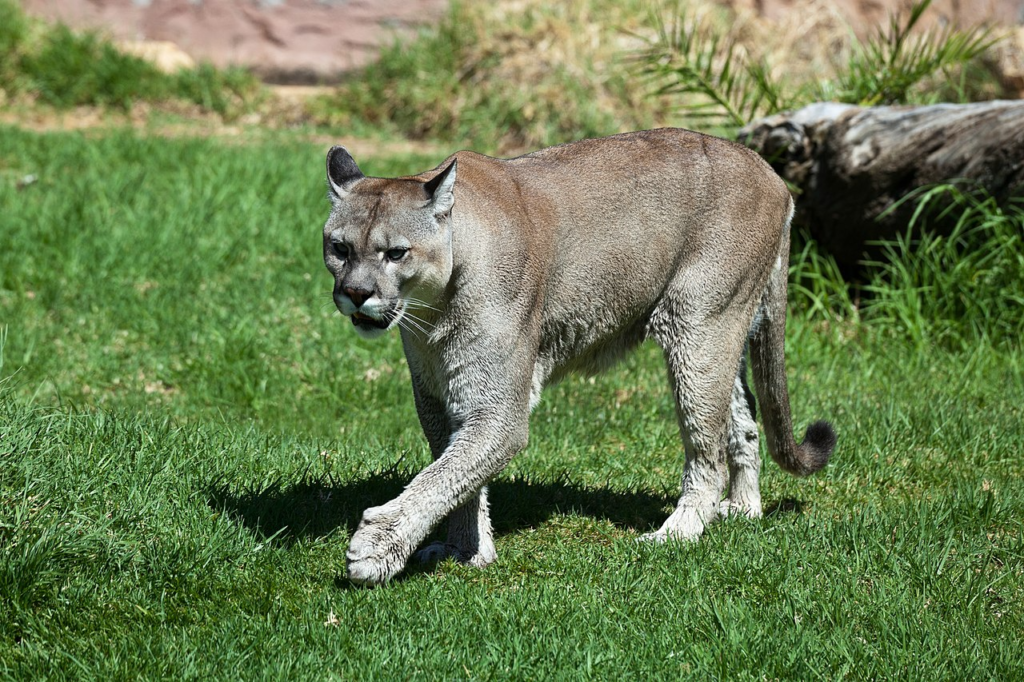
Venturing into bear or mountain lion territory without appropriate deterrents represents a significant safety oversight. In parks with bear populations, visitors often neglect to carry bear spray, which has been proven highly effective in deterring aggressive bears when used properly. Many hikers also fail to make sufficient noise on trails, potentially surprising animals that might otherwise avoid human contact.
Traveling alone in predator territory compounds this risk, as groups are generally safer and more likely to deter large predators. Proper wildlife deterrents extend beyond bear spray to include knowledge of animal behavior, awareness of surroundings, and appropriate responses to potential encounters—all crucial components of wilderness safety that many tourists neglect.
Ignoring Seasonal Wildlife Behavior Changes
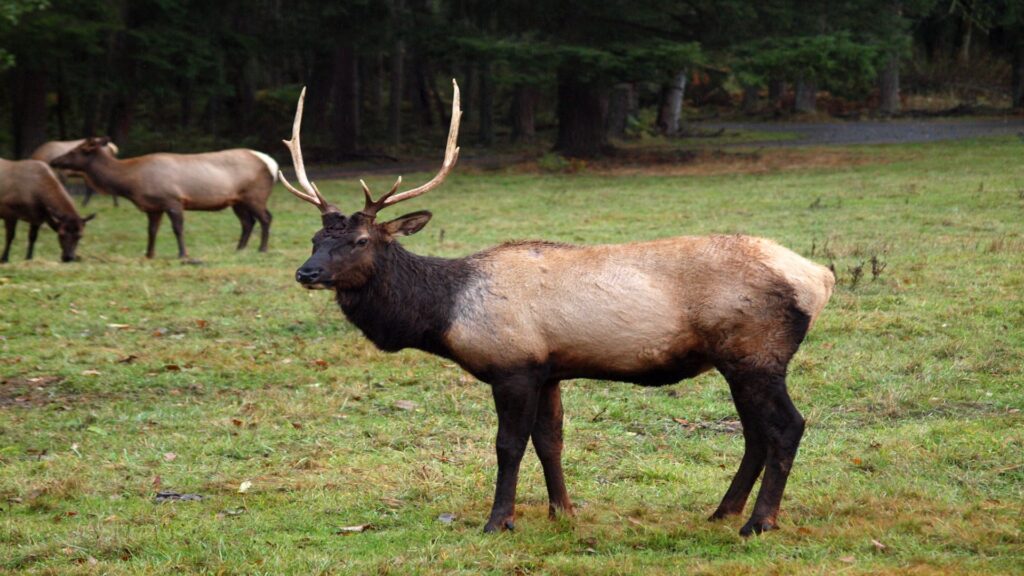
Wildlife behavior shifts dramatically with the seasons, creating variable risk factors that many tourists fail to account for in their visit planning. Spring brings protective mother bears with cubs and defensive ungulate mothers with newborn calves—both situations that can lead to aggressive defensive behavior toward humans who venture too close. Fall rutting seasons for elk, moose, and deer transform normally cautious males into territorial, hormone-driven animals that may perceive humans as rivals.
Winter food scarcity can drive normally shy animals closer to human areas in search of sustenance. Without understanding how these seasonal changes affect wildlife behavior, tourists often unknowingly place themselves in high-risk situations that could be avoided with proper education and awareness.
Wearing Inappropriate Colors or Scents
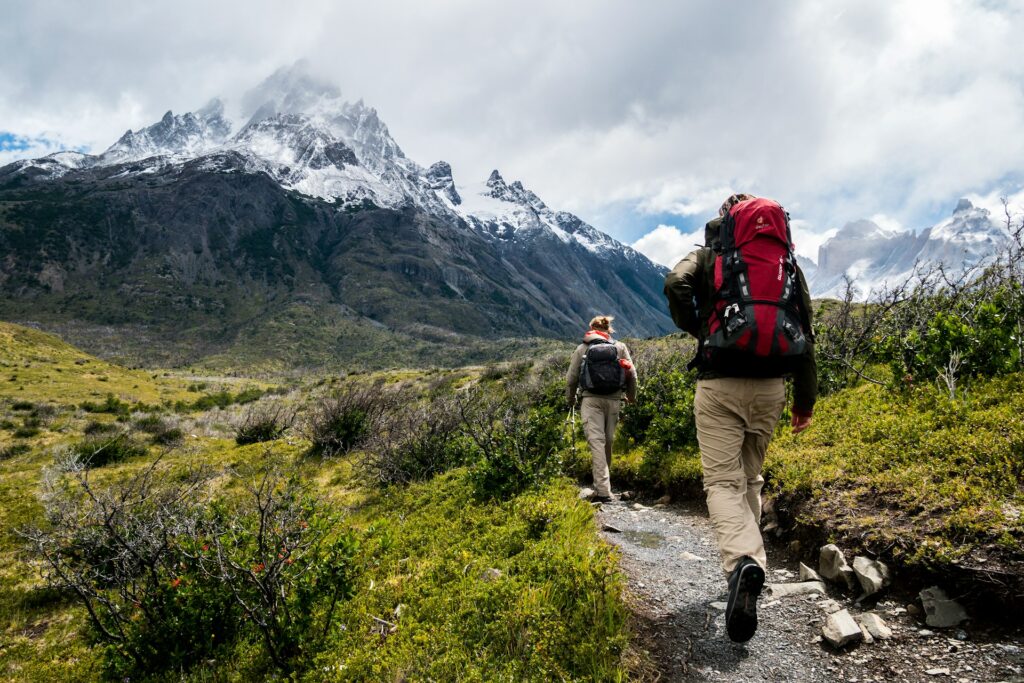
Many park visitors remain unaware that their clothing choices and personal products can attract unwanted wildlife attention. Bright colors like white and yellow may attract curious bears in some environments, while strong scents from perfumes, scented soaps, and foods can draw bears from remarkable distances. Female visitors should be aware that menstrual odors may attract bears, requiring special precautions with hygiene products when camping in bear country.
Clothing washed in heavily scented detergents can likewise create an invisible scent trail that predators might follow. These olfactory and visual stimuli represent subtle but important factors in wildlife safety that tourists frequently overlook when preparing for national park visits.
Improper Food Storage at Campsites

Careless food management at campsites remains one of the most persistent wildlife safety issues in national parks. Leaving coolers unattended, storing food in tents, or failing to use designated bear boxes creates dangerous wildlife attractants. Even seemingly innocuous items like toothpaste, deodorant, and scented toiletries emit odors that can draw curious bears and other wildlife to sleeping areas.
In many parks with bear populations, rangers report having to cite numerous campers daily for improper food storage, demonstrating how widespread this dangerous mistake remains. The consequences extend beyond individual risk—animals that successfully raid human food often become habitual “problem animals” that parks may eventually have to euthanize, making proper food storage both a human safety issue and a wildlife conservation concern.
Approaching Wildlife with Children
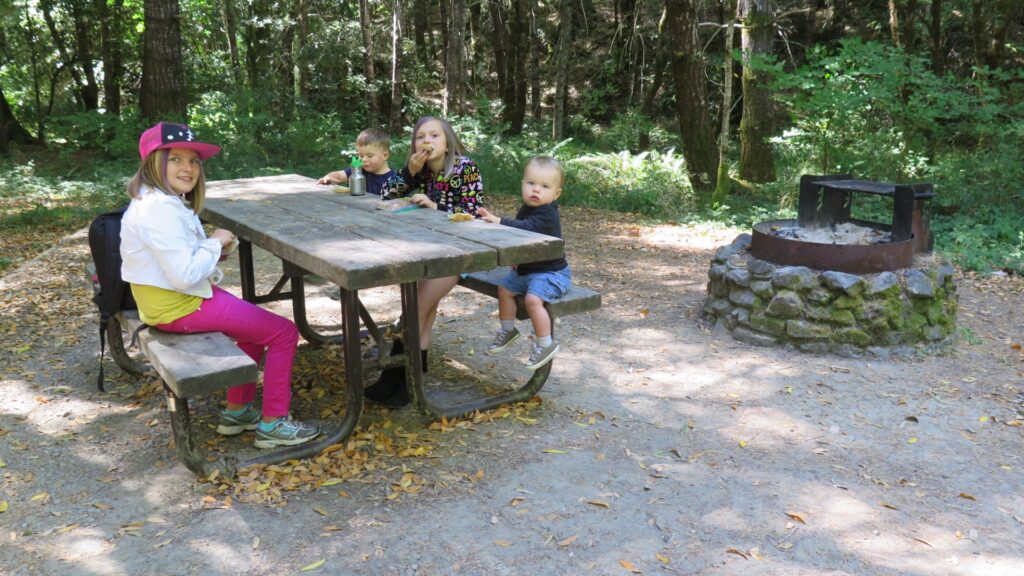
Parents allowing children to approach wildlife or failing to maintain strict control of young ones near animals creates particularly high-risk situations in national parks. Children’s unpredictable movements, high-pitched voices, and running behavior can trigger predatory instincts or defensive responses in wild animals. Their smaller size also makes children more vulnerable to attacks and more likely to suffer serious injuries when wildlife encounters turn dangerous.
Park rangers frequently observe parents encouraging children to pose for photos near large mammals like bison or elk, putting them at extraordinary risk for a momentary photo opportunity. Many animals perceive children as less threatening than adults, potentially leading to closer approaches that can quickly escalate to dangerous situations.
Misinterpreting Animal Behavior Signals
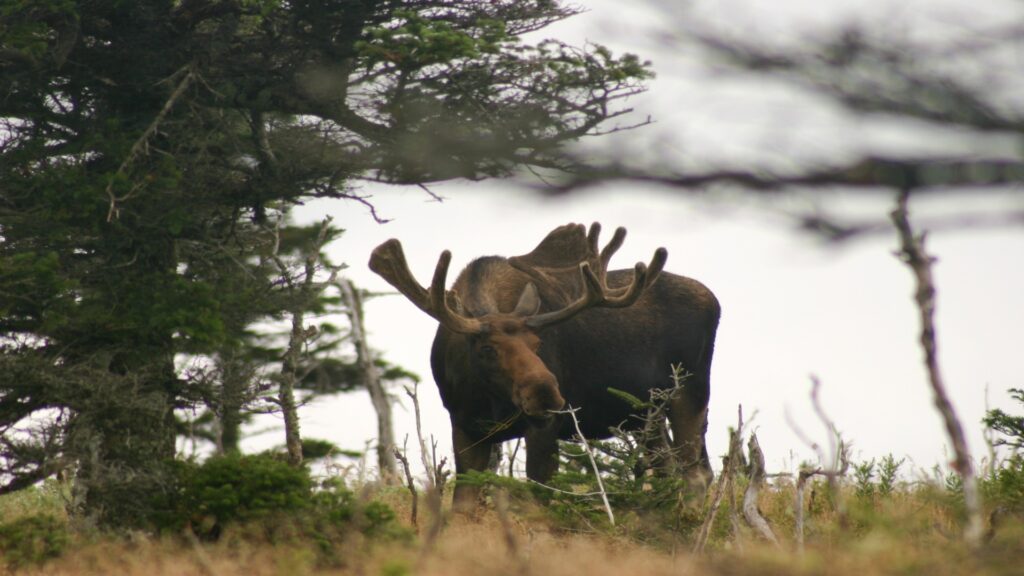
Wildlife gives clear warning signals before aggressive actions, but tourists often misinterpret or completely miss these crucial communications. When a bear stands on its hind legs, many visitors incorrectly assume aggression when the animal is actually trying to better identify potential threats through improved sight and smell. Elk or moose pawing the ground, laying back their ears, or raising hackles are displaying pre-charge warnings that tourists frequently mistake for interesting photo opportunities.
Bison tail-raising often precedes charges but goes unnoticed by visitors focused on their cameras. This inability to “read” wildlife body language puts tourists at tremendous risk of being injured during an encounter that provided clear warning signs they failed to recognize or respect.
Wearing Headphones on Trails
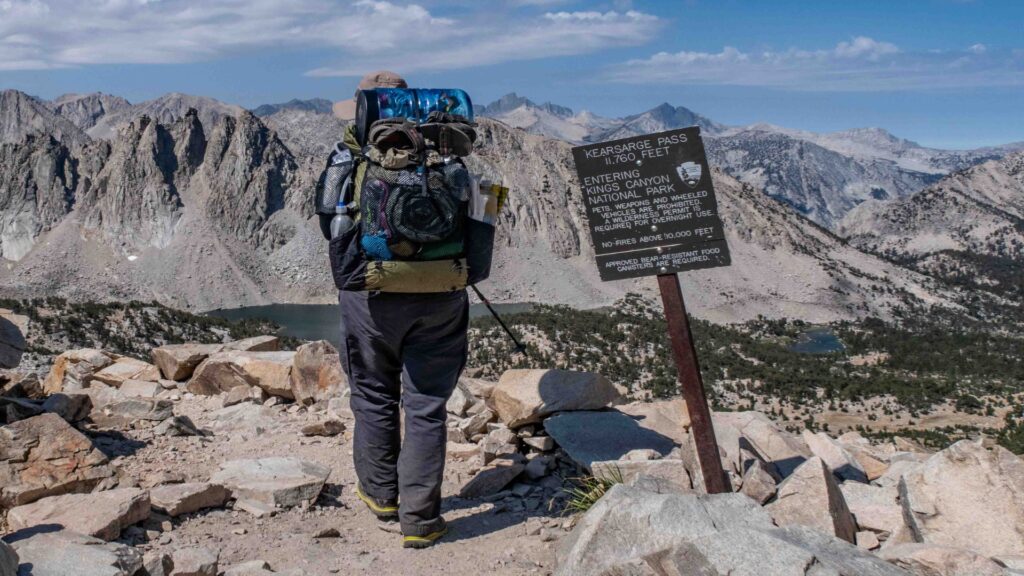
The growing trend of hikers wearing headphones or earbuds on wilderness trails creates a significant wildlife safety risk that many visitors don’t consider. Auditory awareness provides crucial early warning of animal presence, whether through rustling vegetation, vocalizations, or the warning calls of other hikers. With ears covered and attention focused on music or podcasts, hikers lose this vital sensory information and dramatically increase their chances of surprising wildlife at close range—a situation that frequently triggers defensive aggression.
Headphones also prevent hikers from making the recommended noise (talking, occasional clapping, etc.) to announce their presence to wildlife in areas of limited visibility. This technological distraction represents a modern safety hazard that compromises one of humans’ most important senses in wildlife territory.
Venturing Off Designated Trails
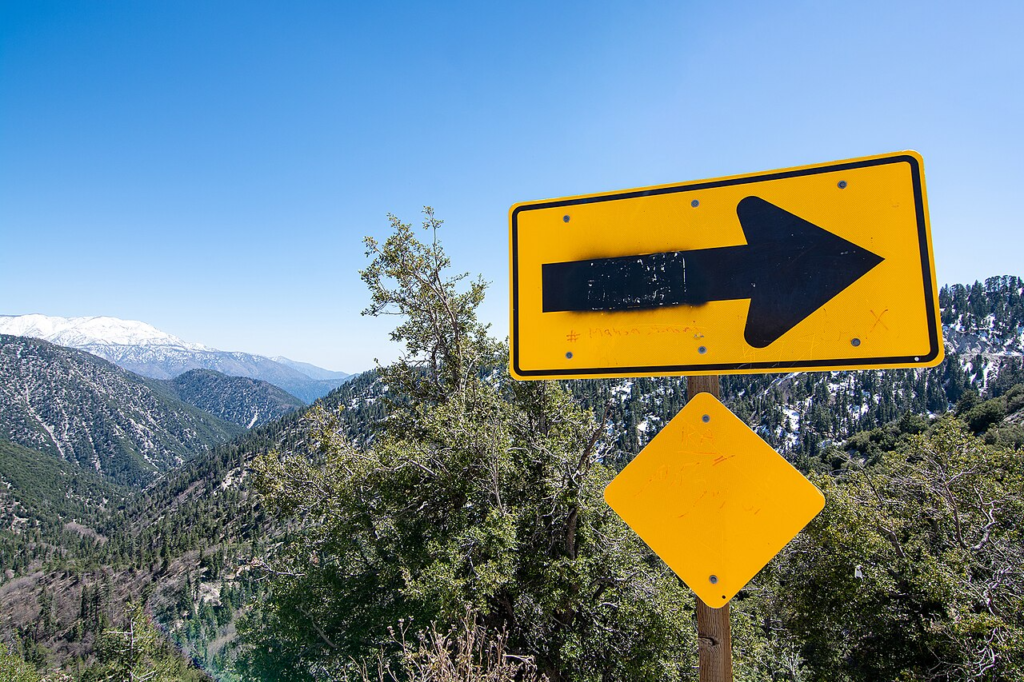
Leaving marked trails to approach wildlife or explore off-path areas significantly increases dangerous wildlife encounter risks. Designated paths in national parks are strategically designed to minimize impacts on sensitive wildlife areas like dens, breeding grounds, and feeding locations. When tourists venture off these trails, they may unknowingly enter areas where animals feel particularly territorial or protective, triggering aggressive defensive responses.
Off-trail exploration also often involves moving through denser vegetation with limited visibility, creating surprise encounters at dangerously close distances. Additionally, wandering from marked routes may lead visitors into predator hunting territories or accidentally between mothers and their young—both potentially life-threatening situations that proper trail adherence would likely avoid.
Failing to Research Park-Specific Wildlife Risks
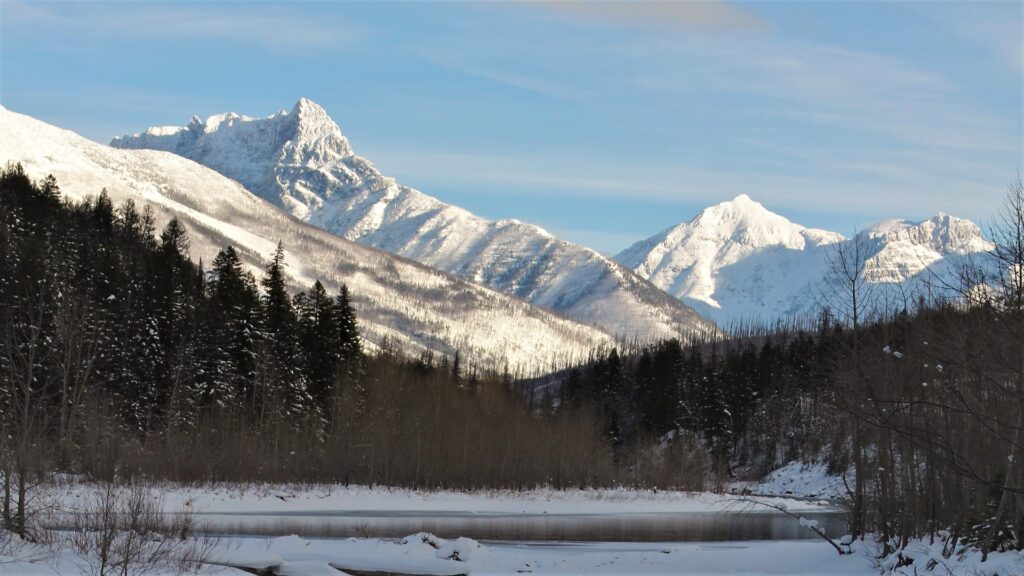
Each national park presents unique wildlife hazards based on its specific ecosystems and animal populations, yet many tourists apply a one-size-fits-all approach to wildlife safety. Visitors to Yellowstone need specific knowledge about thermal area wildlife dangers that wouldn’t apply in Great Smoky Mountains National Park. Those exploring Glacier National Park require grizzly bear safety protocols that differ from black bear precautions needed in Shenandoah.
Many tourists arrive at parks with dangerous knowledge gaps or, worse, information that might be appropriate for one park but dangerous in another. This failure to research park-specific wildlife safety guidelines—readily available on park websites, visitor centers, and ranger programs—leads to inappropriate behavior around region-specific wildlife threats that can have serious consequences.
Ignoring Wildlife Warning Signs and Closures

Park management frequently implements temporary area closures or posts specific wildlife warning signs based on recent animal activity, yet a surprising number of visitors deliberately ignore these critical safety measures. When rangers close a trail due to a bear with cubs in the area or recent aggressive wildlife behavior, these restrictions reflect immediate, verified safety threats from wildlife professionals intimately familiar with local animal patterns.
Tourists who duck under closure chains or venture past warning signs place themselves in situations that park management has explicitly identified as dangerous. This disregard for expert guidance represents one of the most reckless wildlife safety mistakes, often motivated by the misguided belief that restrictions exist to limit visitor experiences rather than protect human lives.
Conclusion
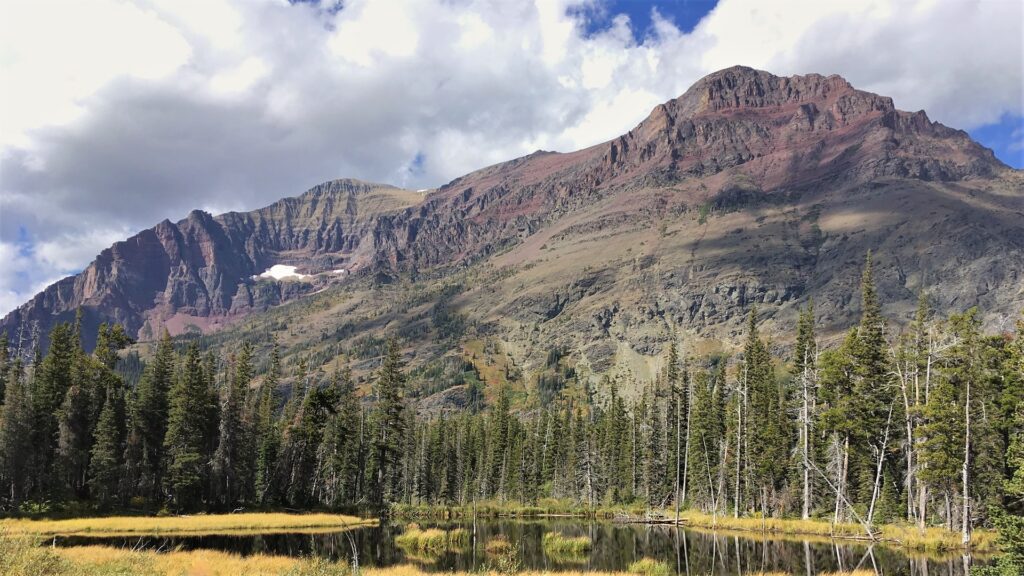
Wildlife in national parks offers some of the most memorable and awe-inspiring experiences available in nature, but these encounters must be managed with appropriate caution and respect. The mistakes outlined above reflect common patterns of human behavior that not only endanger visitors but also ultimately threaten the welfare of the animals themselves. By understanding and avoiding these errors, tourists can enjoy safer, more responsible wildlife viewing that preserves both human safety and animal welfare.
The most meaningful wildlife experiences in national parks come not from dangerous close encounters or perfect selfies, but from observing these magnificent creatures behaving naturally in their undisturbed habitat, from a distance that respects their wild nature and ensures both species can coexist safely.

